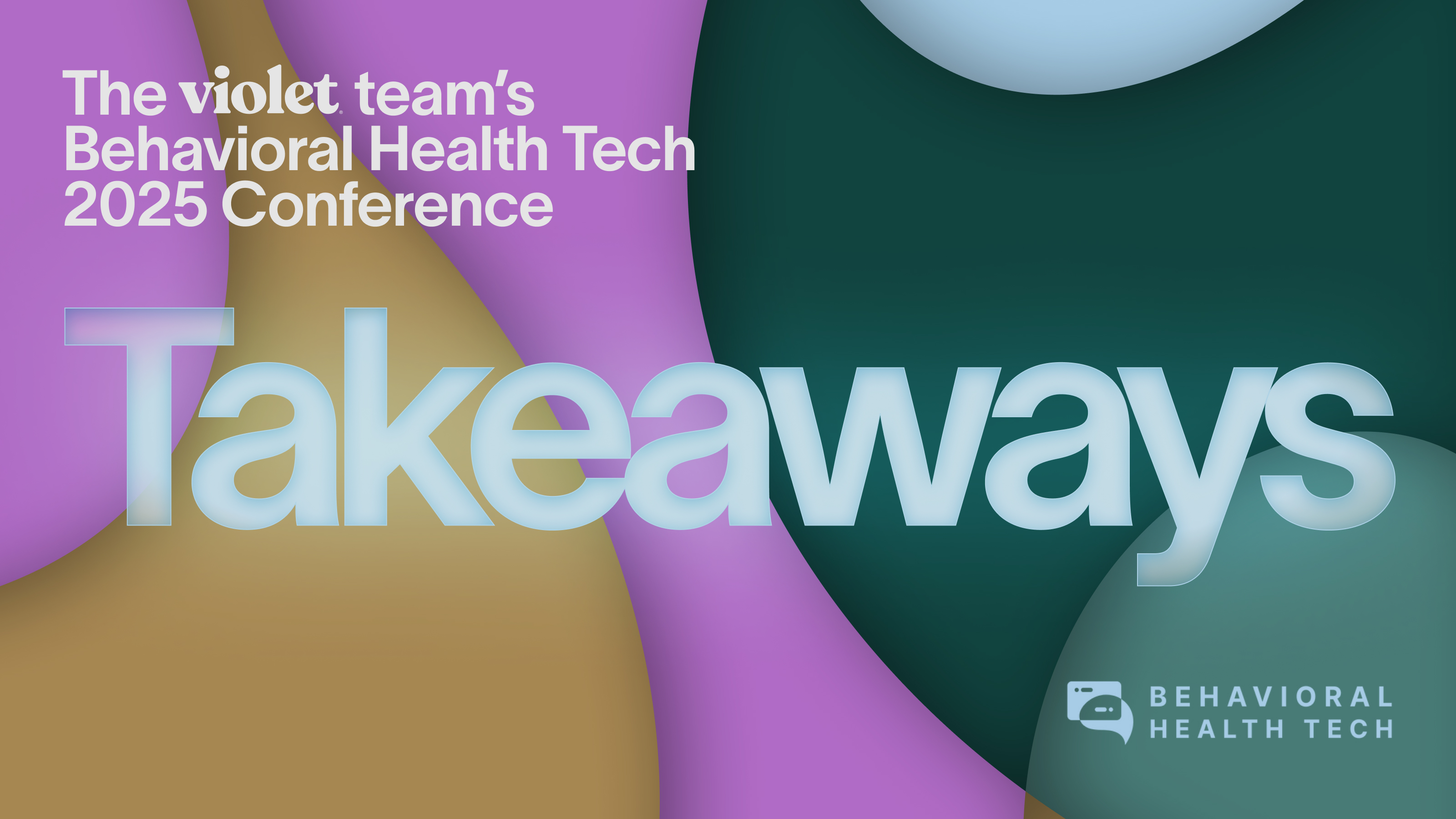The Chief Health Equity Officer (CHEO) is a C-suite position that has risen to prominence in recent years. As the current health care system is routinely failing individuals from culturally diverse communities, it makes sense for health plans and digital health organizations to create a role that focuses on integrating health equity into the company's overall culture and care delivery strategy.
Violet is at the forefront of building the infrastructure for identity-centered care, and as a team of BIPOC, LGBQ, TGNC, and Disabled individuals, we know firsthand how important access to culturally competent care is to better patient outcomes. In this post-COVID era with inequities at critical levels, we’re excited to see how CHEOs use new and innovative tactics to improve population health.
The role of a Chief Health Equity Officer.
Each organization defines the role of CHEO differently, and it can vary even more at health plans where CHEOs oversee entire networks. However, the key duties of a CHEO can be broadly defined as assessing health disparities and then creating processes designed to close these gaps, with the overarching goal of embedding health equity on a structural level. In collaboration with stakeholders, the CHEO is responsible for leading the organization’s commitment to culturally competent care initiatives.
As Dawn Godbolt, PhD, Director of Health Equity at Maven explains, the role of a CHEO “is about internal and external accountability. We have to look at our internal structures to eliminate biases in the delivery of digital health care, to make sure our teams are versed in health equity language, and ensure we have diverse staff–not only in clinical staff but also within our corporate staff. We have to make sure the right people are both building the product and delivering the care.”
To identify health disparities, the CHEO analyzes the impacts social determinants of health have on specific communities, tracks trends in utilization and preventive services, and cost of care across populations. The next step is to develop strategies to address the disparities, which can then be implemented as measurable, targeted interventions.
If this sounds like a tall order, it’s true. For one, identifying health disparities is not a straightforward process. It involves hurdles in data collection and analysis, building strategies to quantify things that are difficult to measure (e.g. bias), staying ahead of changing regulatory requirements, and gaining leadership support—often while building company-wide equity initiatives from scratch. Other challenges for CHEOs include being seen as a token virtue signal hire and that the role itself is a form of ‘box-checking’, much like performative allyship, or other oversimplified DEI initiatives.
Making a measurable impact on health equity.
When empowered with the right tools, however, it’s possible for a CHEO to make advancements in health equity. This requires creating solid, measurable goals, and the decision support and objective data to follow through on them.
Here are four ways CHEOs can meet goals:
- Successfully meeting regulatory requirements. As states roll out new accreditation requirements and DEI initiatives, it’s up to the CHEO to ensure that inclusive care is part of the company culture, not just meeting a deadline.
- Creating better outcomes. Whether it’s matching patients with culturally competent providers, or making products and services more accessible and inclusive, a key goal for CHEOs is to lay the foundation for better patient outcomes.
- Reducing costs through sustainable equity initiatives. Teaming up with community leaders to address inequities, like information about/access to preventive screenings, helps build trust within communities while lowering costs in the long term.
- Implementing initiatives to improve brand reputation. Making it easier for patients to find providers who are skilled at providing inclusive care for BIPOC, LGBQ, and/or TGNC communities is a way to affirm patient identities and establish brand recognition at the same time.
Working together with Violet.
A standard definition for culturally competent care.
For Chief Health Equity Officers at care delivery organizations as well as commercial, Medicare, and Medicaid health plans, leveraging Violet’s data is a new way to drive change. We created a standardized measure for cultural competence that can be used throughout the health care industry that evaluates a provider’s ability to deliver culturally competent care, relative to their peers. This benchmarking includes a provider’s work experience, education, lived experience, communities of interest, and confidence levels. It’s designed to identify areas of strength as well as areas of improvement, and for CHEOs, it’s a valuable tool for creating sustainable health equity initiatives.
Equitable access in network configurations.
Through geospatial analysis, Violet assesses the inclusivity of providers in a network and compares them with the broader provider landscape. This approach enables health plans to determine whether their network configurations effectively enhance patient access to equitable care in a defined geographic region when compared to the current status quo.
Improve quality of care.
Using Violet’s platform is also an excellent way to complement existing company-wide health equity strategies and solutions. Although developing in-house training may seem like the logical choice for health plans and health organizations, it offers no real way to monitor whether or not provider skillsets are actually growing. Violet’s insights provide a comprehensive view of an organization's cultural competence skills, language skills, and overall diversity across all teams.
To truly empower a Chief Health Equity Officer, or anyone else working to embed health equity on a company-wide level, organizations need to set them up for success. Using Violet’s standardized measurement of cultural competence to inform existing health equity strategies is an excellent place to start.
Interested in learning more about how CHEOs can leverage Violet data to drive change? Book a demo today.
.png)
.svg)




.png)




.png)

.svg)



.svg)

